Every student in Japan sooner or later learns about the Ashio Copper Mine in history class. It was the site of Japan’s first major environmental disaster, which filled the surrounding area with poisonous gases and polluted water during the late 19th-century. Due to the lack of scientific analysis, the exact extent of damage is still unknown, but over 1,000 people died of cadmium poisoning in the following years.
Originally discovered in 1550, Mount Ashio became a government-run quarry after ore deposits were discovered by a pair of farmers in 1610. The mines are said to have produced a great amount of copper, sometimes even 1,500 tons a year. The copper was used to construct the famous Nikkō Tōshōgū Shrine, as well as Zōjō-ji Temple in Edo (Tokyo), and for the minting of the Kan’ei Tsūhō coins.
As the production of copper diminished, Ashio’s 44 miners asked for the government’s permission to mint coins at the Copper Mine. Initiated in 1741, the Ashio Mint produced thousands of Kan’ei Tsūhō in six months, and had minted over 20,000,000 coins in the span of five years. The Copper Mine celebrates this history today, managing a small museum at its exit, which exhibits a miniature recreation of the minting process as well as a small collection of world coins. The Ashio-mint Kan’ei Tsūhō has become a sort of symbol and can be found throughout the town.
In 1871, the Ashio Copper Mine became privately-managed. By then, only about 150 tons of copper were quarried yearly. Furukawa Ichibei, who became the owner in 1877, discovered several new veins of copper thanks to the introduction of advanced mining technology. However, this also led to its downfall as the excessive deforestation, emission of toxic smoke, and discharge of industrial wastewater caused serious problems to the surrounding region.
The incident led to the birth of the environmental movement in Japan, but it was not until 1974, one year after the closing of the mines, that the Furukawa Co, Ltd. was held accountable for the poisonings.
Pollution issues are not the only part of the mountain’s dark history. In 1907, miners rioted for three days demanding better treatment, and a large portion of the mining facilities were destroyed by fire. During World War II, the Ashio Copper Mine made use of POW slave labor mainly consisting of Korean prisoners. Chinese POWs were also forced to work in the mines and more than 100 were killed. These victims of wartime atrocities are commemorated and are honored by several cenotaphs built near the mountain.
The mines also left a legacy that still persists in Japan today. The phrase anzen daiichi, a direct translation of “safety first,” was reportedly coined in 1912 by one of the Furukawa Co.’s leaders following his visit to the United States. It is commonly used as a motto to this day, but its origin has become quite obscure.
Although the Ashio Copper Mine’s pollution problems are infamous across Japan, its historical significance and current status as a tourist attraction are not as well-known. After its closure, the mine was opened to the public in 1980. Visitors can ride a train and explore the old mines, which are filled with period-style miners enacted by hyper-realistic mannequins.
Know Before You Go
The nearest train station is Tsūdō Station. To get to the Copper Mine from Nikkō, get on a bus from Nikkō Station at either 7:22 AM, 9:35 AM or 1:00 PM. It takes a little less than an hour and costs 1,200 yen.
The Copper Mine is open every day from 9:00 AM to 4:30 PM. Admission is 830 yen for adults and 410 yen for children under 15.
As the whole town of Ashio thrived from the mining, notable spots and historic sites are scattered across it, most of them near the Copper Mine. One of them is the Furukawa-Ashio History Museum, about 7 minutes away by walk. The site of the mint is about 10 minutes away, in front of a bank, commemorated by a coin-shaped monument.

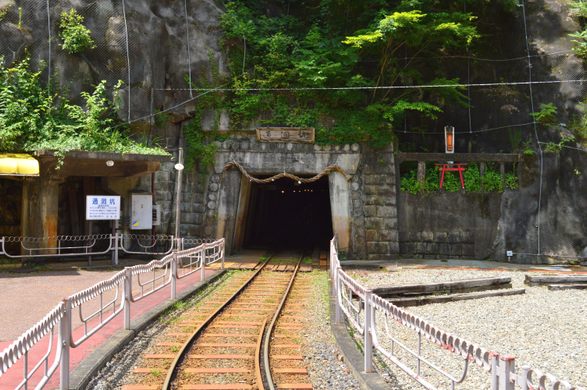


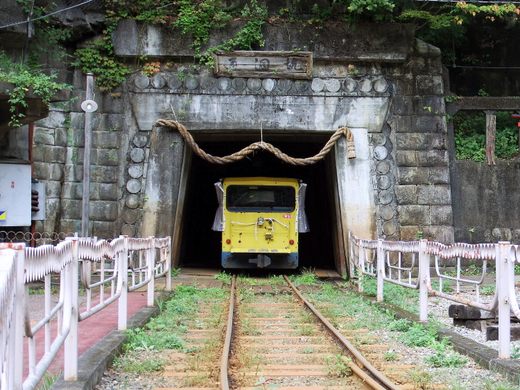
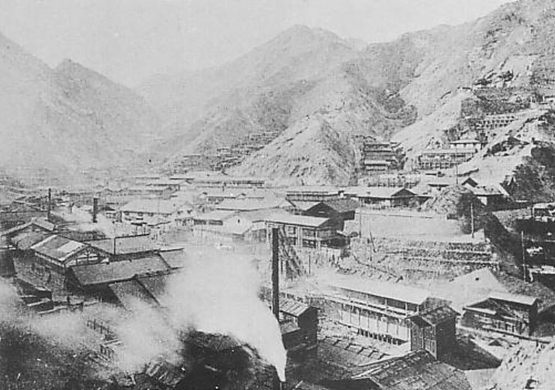






















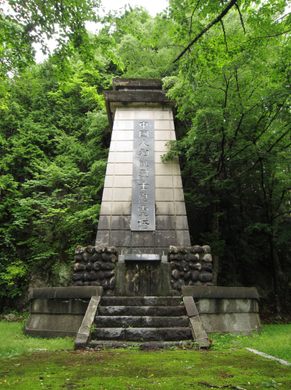









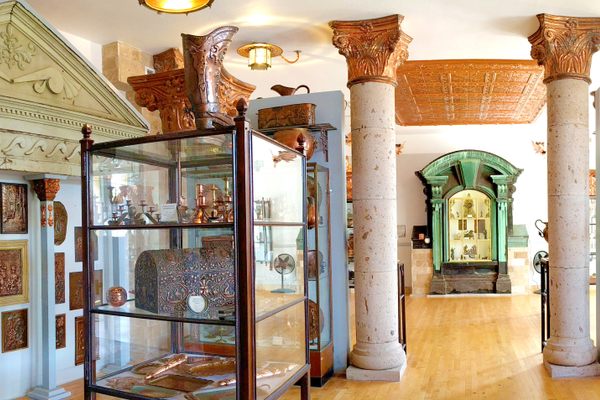



Follow us on Twitter to get the latest on the world's hidden wonders.
Like us on Facebook to get the latest on the world's hidden wonders.
Follow us on Twitter Like us on Facebook